Casey's Podcast | Bullying
Bullying has sparked many different conversations and debates about how to handle bullies: do we teach our kids to fight back, do we ask them to get adult help? Which solution is best for which situation?
And as far as solutions, we’ll hear what Laura thinks about how kids should handle these types of varied situations. She's developed a 4-Square Problems chart to help kids confidently distinguish different types of problems, and understand when adult help is needed.
During this chat, we reference several types of 4-Square Problem and Solution Charts. You can view them below:
FOUR-SQUARE PROBLEMS CHART:
In the top two quadrants, we have small acts, and in the bottom two quadrants, we have big acts. The column on the left, labeled “occasional,” describes occassional, or one-time events. The right column, labeled “often,” describes repeated or persistent interactions.
1. Hurtful acts are acute, typical in friendships and peer relationships, and emotionally painful but not physical. Kids can handle these on their own.
2. Consistently mean behavior is chronic, typically verbal or nonverbal bullying, but still not physical. Generally kids can handle these situations on their own, but this can evolve into harassment for which intervention is needed.
3. Violent outbursts are acute and harmful either emotionally or physically. These are isolated situations, but due to the more extreme nature of the interaction, they usually require adult help.
4. Constant harassment is chronic, verbal, non-verbal, or physical threats and action. Kids always need help in these situations!

https://caseys-clubhouse.learnworlds.com/professional-addon
https://caseys-clubhouse.learnworlds.com/bundles?bundle_id=student-add-on-membership
What is a Student Add-On Membership?
What is a Student Add-On Membership?
What's included in the Casey's Clubhouse Curriculum?
You can either lead club members or clients through the entire 30-Week curriculum, from Regulation to Mastery, or you can choose one of our skills-building units for a 5 or 10-Week curriculum.
Not only do you get access to all 30 of our animated stories and lessons, but you'll get a selection of lesson plans and instructions, worksheets, home activities, posters, coloring pages, and more.
Our professional subscription includes everything you need for whichever application you choose--whether that's our 30-Week program, our 5-Week units, or our independent one-on-one client curriculum.
Let's be clear:
We don't think there's anything controversial about learning empathy, or being emotionally regulated and resilient.
In fact, we think a lot of grown-ups could benefit from some social-emotional learning.
